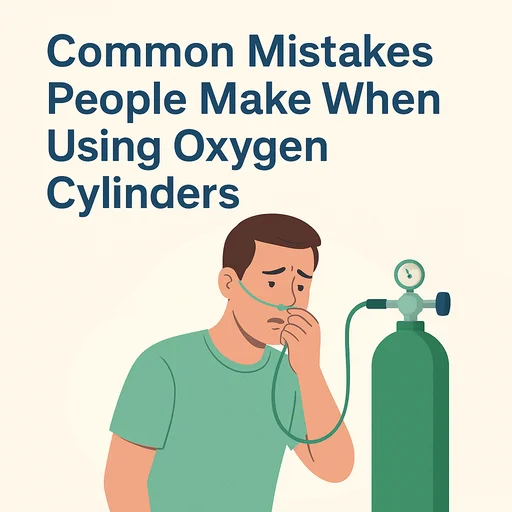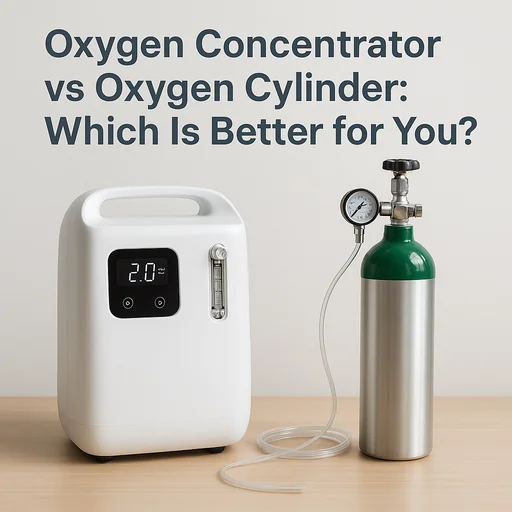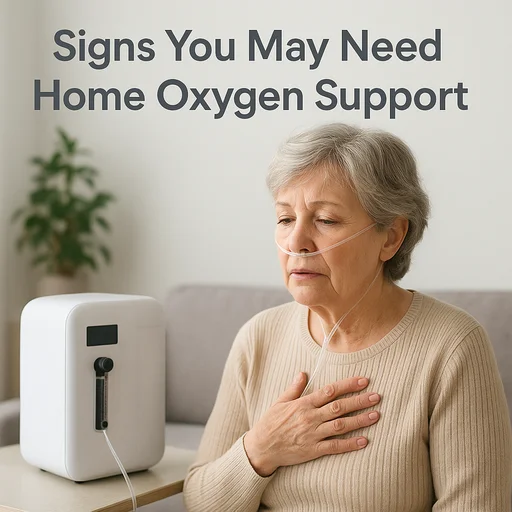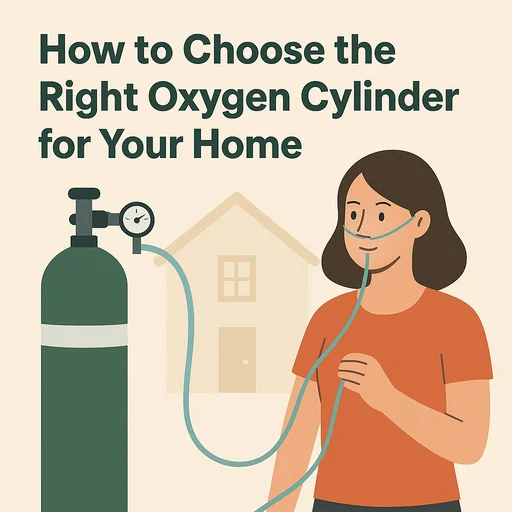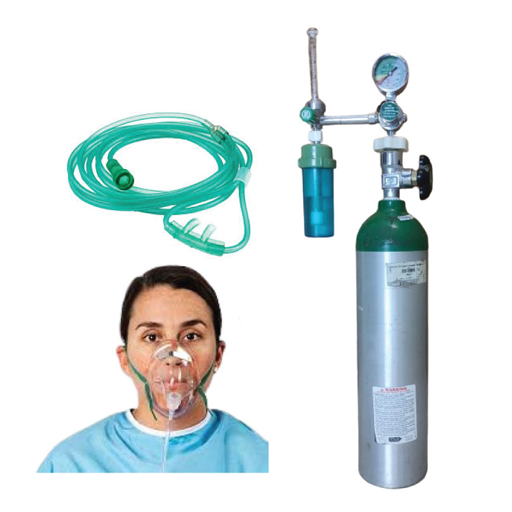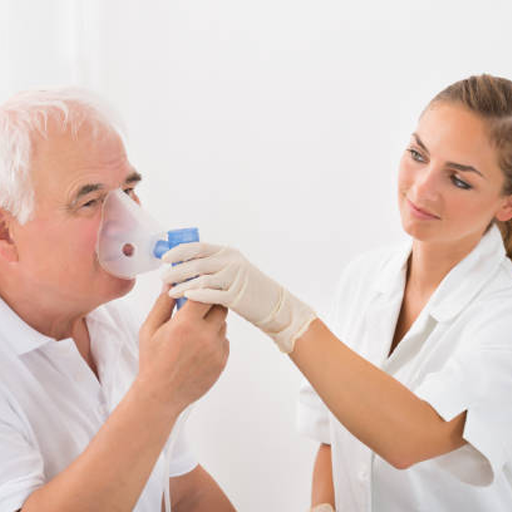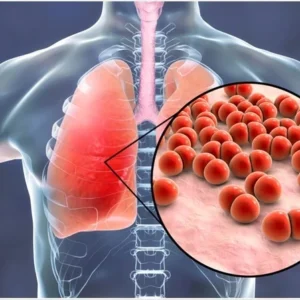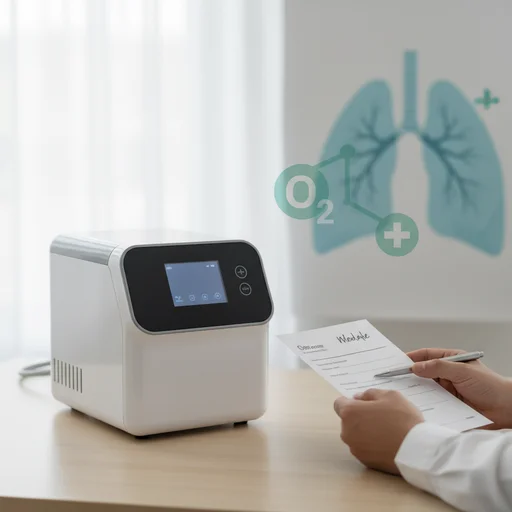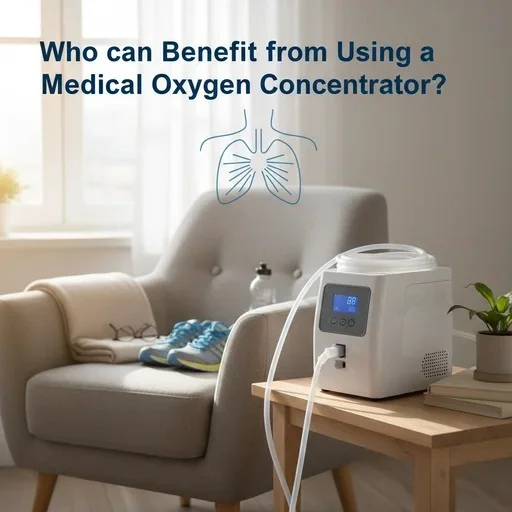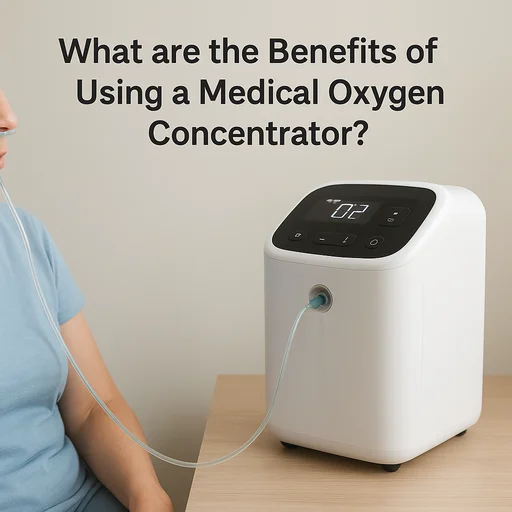Your lungs are supposed to be simple. Breathe in, breathe out. Oxygen flows into your bloodstream, carbon dioxide leaves. But when you have chronic obstructive pulmonary disease, this basic exchange breaks down in ways that can quietly threaten your life.
Picture your lungs as a massive network of tiny air sacs called alveoli. There are about 300 million of them. Each one is supposed to inflate like a small balloon, grab oxygen from the air you breathe, and pass it to your blood. In COPD, these air sacs get damaged. Some lose their elasticity. Others get destroyed completely. The airways swell and fill with mucus. And suddenly… your body can’t get the oxygen it desperately needs.
This is why oxygen therapy becomes necessary for many people living with chronic obstructive pulmonary disease. Not everyone with COPD needs it. But when your blood oxygen drops below critical levels, supplemental oxygen isn’t just helpful. It can be the difference between living and dying.
What Happens When COPD Steals Your Oxygen
COPD causes inflammation and swelling in your airways while destroying the alveoli, which restricts oxygen flow throughout your body. The damaged lungs struggle to transfer oxygen from the air into your bloodstream. Meanwhile, carbon dioxide that should leave your body gets trapped instead.
This creates a condition called hypoxemia. Low blood oxygen. When oxygen saturation drops to 88% or below, it signals hypoxemia that requires immediate medical attention. For context, healthy people typically maintain oxygen levels between 95% and 100%.
But here’s what makes COPD particularly cruel. The body can adapt to lower oxygen levels for a while. You might not even realize how little oxygen you’re getting. You feel tired. Maybe a bit confused. Your skin might look pale, or your lips turn slightly blue. This bluish discoloration, called cyanosis, appears on the lips, fingers, or toes when oxygen levels become dangerously low.
The brain and heart are especially vulnerable. They need constant oxygen to function. When they don’t get enough, the consequences can be severe and permanent.
When Does Oxygen Therapy Become Necessary?
Not every person with chronic obstructive pulmonary disease needs supplemental oxygen. Doctors don’t prescribe it based on diagnosis alone. They look at your actual oxygen levels and how your body responds.
Long-term oxygen therapy has proven benefits for patients with severe resting hypoxemia, defined as arterial oxygen levels of 55 mm Hg or below, or 59 mm Hg or below with signs of right-sided heart strain or polycythemia. This is backed by decades of research showing that oxygen therapy can actually extend life in people with severe hypoxemia.
But what about moderate cases? The picture gets more complex. Research shows that for COPD patients with moderate desaturation (oxygen saturation between 89-93% at rest), long-term supplemental oxygen does not result in longer survival compared to no oxygen therapy. This finding surprised many in the medical community.
Your doctor will typically consider oxygen therapy if:
- Your blood oxygen saturation consistently falls below 88%
- You experience severe shortness of breath that other treatments can’t control
- Your oxygen levels drop dangerously during physical activity or sleep
- You show signs of organ stress from low oxygen, like heart strain
The testing process matters. A pulse oximeter (that little clip device on your finger) gives a quick reading. But arterial blood gas testing provides more accurate measurements of how well your lungs move oxygen into your blood. Some people need both types of testing to get the complete picture.
The Delicate Balance: Why You Can’t Just Crank Up the Oxygen
Here’s where oxygen therapy for chronic obstructive pulmonary disease gets tricky. You might think more oxygen is always better. It’s not. In fact, giving too much oxygen to someone with COPD can be dangerous.
COPD patients often have chronically high carbon dioxide levels, and their bodies adapt by relying on low oxygen levels rather than high carbon dioxide to trigger breathing. This is a survival mechanism. When you give too much oxygen, you can actually reduce their drive to breathe.
The result? Carbon dioxide builds up even more. The blood becomes acidic. Breathing can slow or even stop. Medical professionals have a term for this: hypercapnic respiratory failure. It can be fatal.
This is why doctors carefully control oxygen therapy for COPD patients. The target oxygen saturation for COPD patients is typically 88-92%, not the 94-98% that’s standard for most other conditions. It seems counterintuitive. But this careful calibration keeps patients safe while still providing the oxygen their bodies need.
Different Types of Oxygen Therapy for Different Needs
Oxygen therapy isn’t one-size-fits-all. Your needs might change throughout the day, during exercise, or when you sleep.
Some people need oxygen constantly. More than one million adults in the United States use long-term oxygen therapy prescribed for at least 15 hours per day. This continuous use has been shown to improve survival in people with severe chronic hypoxemia.
Others need it only during specific activities. Maybe you’re fine at rest but your oxygen drops when you walk. Or perhaps your levels plummet while you sleep. Oxygen levels often drop during sleep, especially for those with coexisting sleep apnea.
The delivery methods vary too. Most people start with a nasal cannula (those two small tubes that sit in your nostrils). It’s simple and allows you to move around. For higher oxygen needs, doctors might use masks or specialized systems.
Portable oxygen concentrators have changed lives. They let people leave their homes without being tethered to heavy tanks. You can go to the market, visit friends, or take a walk while still getting the oxygen you need.
If you’re in Bangladesh and need reliable oxygen equipment, companies like Marium Oxygen offer oxygen cylinders and oxygen concentrators with fast delivery and 24/7 support to ensure you have access to this life-sustaining therapy when you need it most.
Beyond Survival: How Oxygen Improves Daily Life
The primary goal of oxygen therapy is preventing organ damage and extending life. But the benefits go beyond just surviving.
Supplemental oxygen significantly improved respiratory and general health-related quality of life, anxiety, and depression in clinical trials. When your body gets adequate oxygen, you can think more clearly. You have more energy. You can do more of the activities you enjoy.
Oxygen therapy reduces shortness of breath, helps you sleep better, and lowers the risk of heart strain by protecting vital organs from damage caused by low oxygen levels. For many people, it means the difference between being bedridden and being able to participate in life.
Exercise becomes possible again, even if it’s just short walks. Your brain functions better. The constant fatigue lifts somewhat. You can have conversations without running out of breath mid-sentence.
But there’s an honest side to this too. In one study, 41% of patients who tried supplemental oxygen elected not to continue it after the trial. The equipment can be cumbersome. It changes how you move through the world. Some people find the tubes uncomfortable or feel self-conscious.
The Complications That Make Oxygen Essential
When chronic obstructive pulmonary disease causes sustained low oxygen levels, your body doesn’t just feel tired. Real damage starts happening.
Chronic lack of oxygen causes inflammation in tissues, which can lead to atherosclerosis (hardening of the arteries), increasing the risk of heart disease, heart attack, and stroke. Your heart starts working harder to pump what little oxygenated blood it can throughout your body.
Hypoxemia can lead to pulmonary hypertension, or high blood pressure in the lung arteries. The right side of your heart struggles to push blood through these narrowed vessels. Over time, this can cause a type of heart failure called cor pulmonale.
Your brain suffers too. Low oxygen can trigger changes in brain function and reduce the production of neurotransmitters, affecting how different parts of the brain communicate. People experience confusion, memory problems, and difficulty concentrating.
Even your muscles waste away. Widespread inflammation and inadequate oxygen make muscles weak and tire quickly. Simple tasks become exhausting.
These aren’t distant possibilities. They’re real complications that oxygen therapy helps prevent.
Living with Oxygen: The Practical Reality
Starting oxygen therapy changes your daily routine. You’ll need to arrange your home to accommodate equipment. You’ll learn how to use and maintain your oxygen delivery system. You’ll need to plan outings around your oxygen supply.
Safety becomes paramount. Oxygen is highly flammable. You can’t smoke while using it. You need to keep oxygen sources away from heat, flames, and sparks. Reports show up to 20% of COPD patients receiving long-term oxygen therapy may be active smokers, despite this being an absolute contraindication due to severe fire risk.
Regular monitoring is essential. Your oxygen needs might change over time. Some days you might feel fine. Other days, especially during illness or exacerbations, your requirements increase. Having reliable equipment and support matters.
The cost is significant too. Long-term oxygen therapy accounts for an estimated $2.3 billion per year in healthcare expenditure in the United States alone. Many health systems provide coverage, but navigating insurance and equipment providers adds another layer of complexity.
Yet for people with severe chronic obstructive pulmonary disease and low blood oxygen, these challenges pale in comparison to the alternative. Oxygen therapy isn’t just about comfort. Oxygen was the first treatment shown to prolong life in people with COPD.
The truth is
Not everyone with chronic obstructive pulmonary disease needs oxygen. But when your lungs can no longer transfer enough oxygen into your bloodstream, supplemental oxygen becomes essential medicine. It protects your brain, your heart, and every other organ in your body from the damage that chronic low oxygen causes.
The key is getting it right. Too little oxygen, and your organs suffer. Too much, and you risk dangerous carbon dioxide buildup. This is why proper medical assessment, careful monitoring, and appropriate equipment matter so much.
If you have COPD and you’re experiencing persistent shortness of breath, unusual fatigue, confusion, or that telltale blue tint to your skin, talk to your doctor. A simple oxygen test can determine if you need supplemental oxygen. And if you do, modern oxygen delivery systems and support services can help you maintain your quality of life while protecting your body from the silent damage of hypoxemia.
Your lungs might not work the way they once did. But with the right oxygen therapy, you can still breathe easier and live better.


